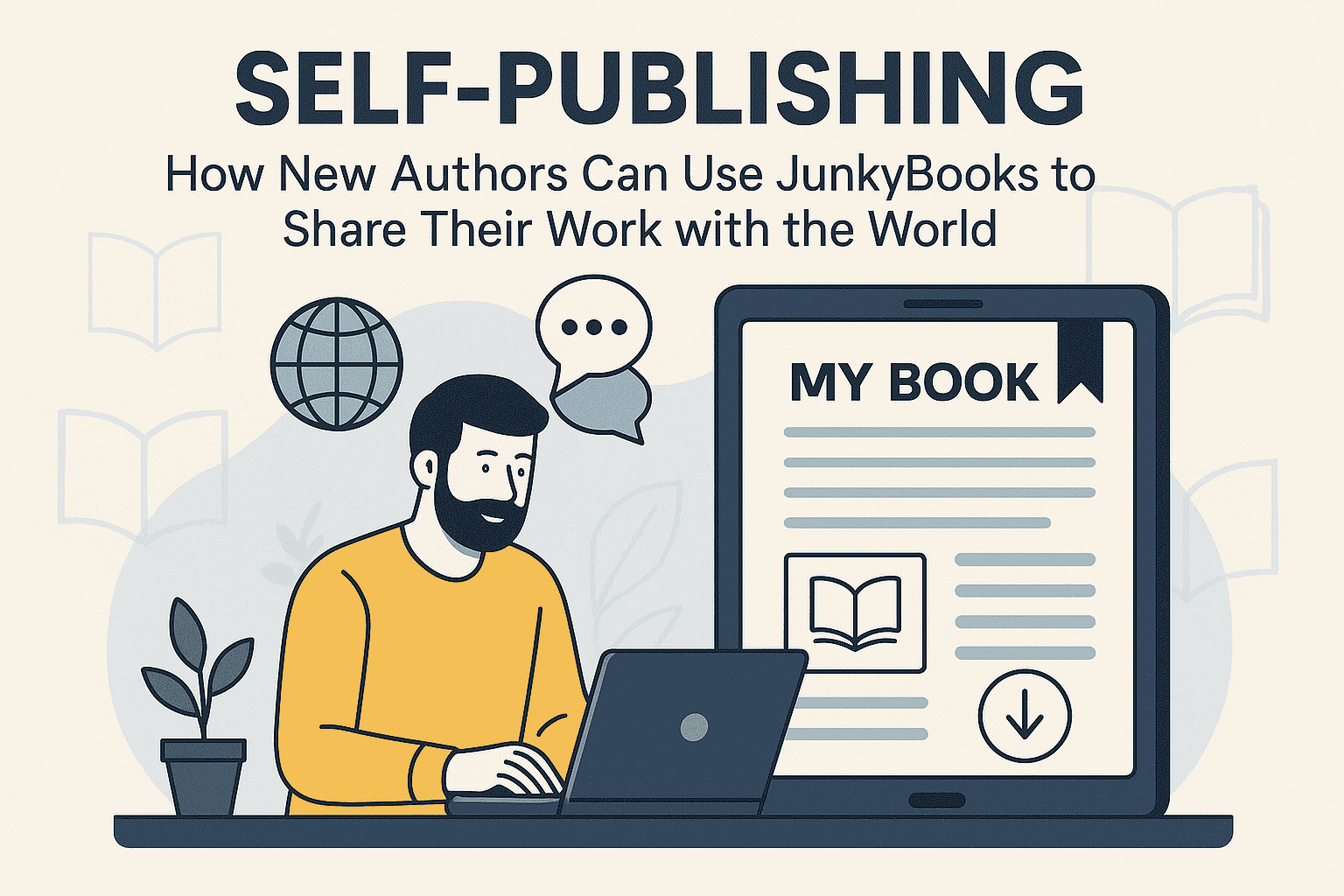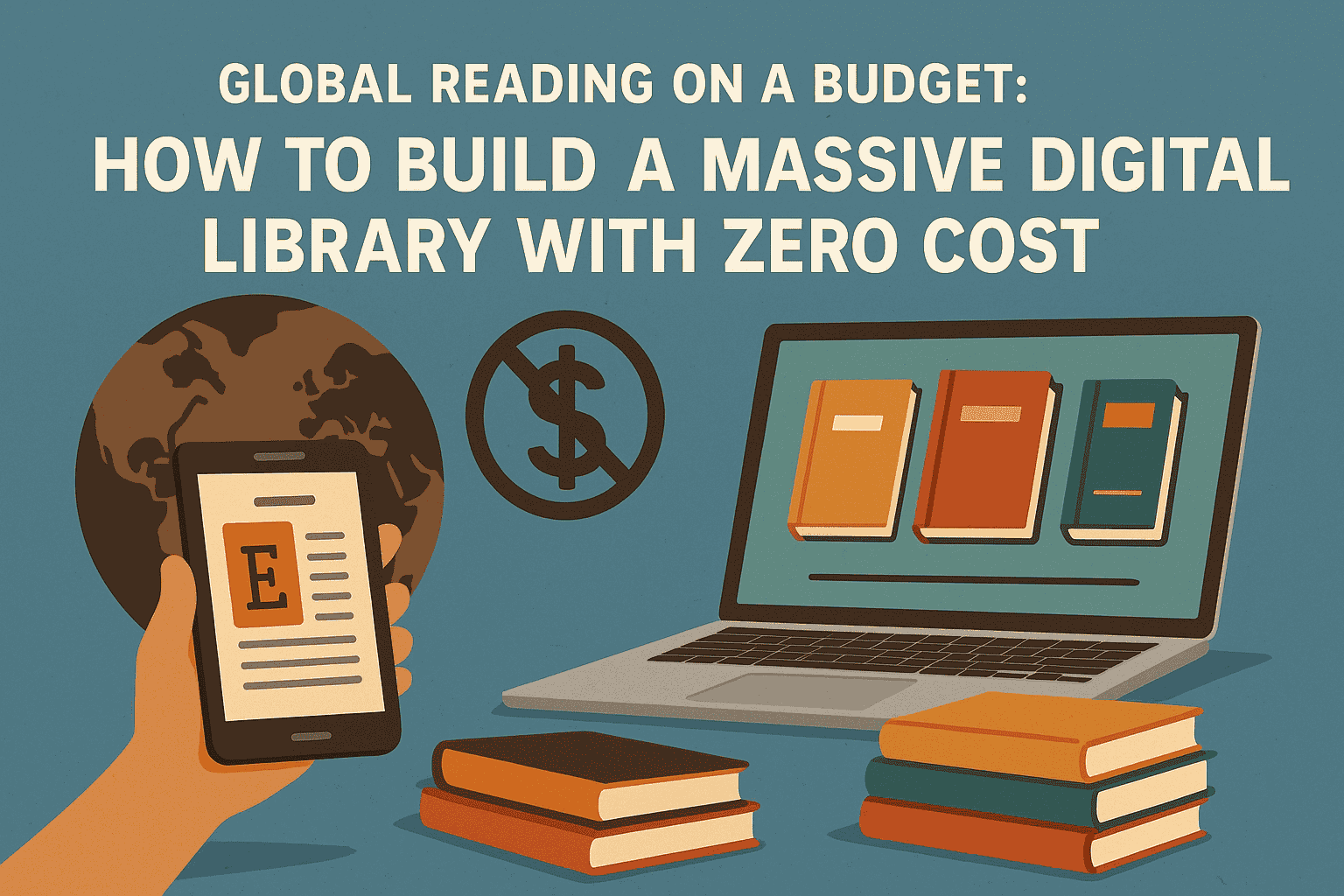A Forbidden Romance Between Two Scholarship Recipients From Rival Backgrounds: Love, Loyalty, and Identity in Fiction
In the hallowed halls of an elite university, two students—both recipients of prestigious scholarships—meet by chance, clash by circumstance, and fall for each other against all odds. One is the child of immigrants, raised in a low-income neighborhood and driven by ambition to escape.
The other comes from an old-money family whose scholarship, though need-based on paper, is steeped in legacy and privilege. Their love blossoms not in peace, but in tension—caught between loyalty to their past and a future they might build together.
This premise—of forbidden romance between two scholarship recipients from rival backgrounds—offers rich emotional terrain for fiction. It weaves together themes of class conflict, identity, institutional elitism, and the messy beauty of human connection across divides.
In this blog post, we’ll explore how this narrative can unfold in a compelling novel, the literary traditions it echoes, and the cultural relevance of love stories forged in the crucible of inequality.
1. Two Worlds, One Campus
Our story begins with an elite academic setting: a prestigious university known for its scholarship programs. These scholarships are not just about money—they reflect social history. One is tied to a foundation championing first-generation college students. The other is an endowment named after a powerful donor family, reserved for "leaders of promise"—often code for those from elite prep schools and legacy backgrounds.
Our protagonists—let’s call them Layla and Julian—are both brilliant, but in wildly different ways:
-
Layla is sharp, politically active, and constantly aware of the weight of being “the representative” of her background. She’s on a mission to challenge systems of power.
-
Julian is quiet, reserved, and academically excellent—but blind to his privilege, having always been told he earned everything through “hard work.”
They meet in a debate course, clash during a heated exchange, and spark something they don’t yet understand.
2. Attraction in Opposition
Their rivalry begins in the classroom, where Julian defends institutional tradition and Layla dismantles it. They spar over topics like equity in admissions, cultural representation in literature, and the ethics of legacy scholarships.
Their arguments are passionate—and so is the tension between them.
Fiction thrives on contrast, and here the contrast is ideological, emotional, and social. Yet beneath their differences is a shared feeling of isolation. Despite being on scholarships, they each feel out of place among the broader student body. That shared alienation becomes the quiet thread that draws them together.
A group project forces them to collaborate. Long nights in the library evolve into deeper conversations, soft apologies, and subtle glances. Eventually, the rivalry gives way to curiosity—and then to romance.
3. The Secret and the Stakes
Layla and Julian begin seeing each other in secret. Their respective circles—activists and organizers in Layla’s case, social elites and future financiers in Julian’s—would disapprove. Their romance is risky, not because of open hostility, but because of the subtle rules of loyalty and representation.
Layla’s friends suspect she’s losing focus. Julian’s peers joke that she’s a “project” or accuse him of “slumming it.” Even professors seem uncomfortable with their closeness.
The university itself becomes a character—an institution that celebrates diversity on brochures but maintains deeply entrenched social hierarchies behind the scenes.
The secrecy isn’t just romantic—it’s self-protective. To be open would mean navigating a web of expectation, stereotype, and betrayal.
4. Tensions Rise: A Catalyst Event
In a turning point moment—perhaps a public protest over university funding, or an investigative article about the legacy scholarship’s elitism—Layla takes a bold stand. She writes an op-ed or speaks at a student forum calling out the hypocrisy of meritocratic rhetoric.
Julian, meanwhile, hesitates. He believes in her views but fears losing the security of his scholarship and social capital. Worse still, his family is tied to the very endowment Layla is criticizing.
This moment threatens to tear them apart. Layla feels betrayed; Julian feels caught between worlds.
Here, the novel explores the cost of conviction, the complexity of allyship, and the fragility of love when weighed against identity.
5. Personal Growth and Awakening
The emotional core of this story lies in the characters’ growth:
-
Layla learns that idealism can be isolating, and that compassion—even for those born into privilege—can be a radical act.
-
Julian confronts his inherited comfort and chooses discomfort in the pursuit of truth. He begins to dismantle the myth of his own meritocracy and reckons with complicity.
They don’t become the same person. They don’t fully agree. But they learn to love through conflict, not in spite of it.
The novel doesn’t offer simple resolutions. It embraces nuance over moral absolutism, showing that two people can disagree, disappoint, grow—and still be worthy of each other.
6. Repercussions and Resolution
Their relationship eventually becomes public. The fallout is mixed:
-
Layla is questioned by her peers: has she compromised her values?
-
Julian’s family pressures him to end the relationship—and revoke public support for Layla’s activism.
-
The university’s administration takes notice, worried about “divisiveness.”
But amid the pressure, they make a choice: to stand together, not as perfect partners, but as allies trying to redefine what connection across divides can look like.
Perhaps they launch a joint student initiative to reimagine the scholarship system. Perhaps they break up, but on terms of mutual respect, leaving a legacy of dialogue and change. Perhaps they stay together, imperfectly, as examples of the possibility that love can be a form of resistance.
7. Literary Precedents and Modern Resonance
This kind of story is not new—but it is newly urgent.
It recalls Romeo and Juliet, not in its tragic inevitability, but in its framing of love across entrenched division. It echoes modern stories like:
-
Normal People by Sally Rooney, where class and emotional literacy intersect.
-
On Beauty by Zadie Smith, which delves into academic elitism and family loyalty.
-
Red, White & Royal Blue by Casey McQuiston, which plays with political and class boundaries in romance.
Yet it is its own unique narrative, rooted in educational inequality, intersectional identity, and generational conflict.
In an age where conversations around privilege, access, and systemic injustice are mainstream, a romance like Layla and Julian’s feels especially poignant. It asks: can love survive when the world says you should be enemies?
8. Why This Story Matters
A romance between scholarship recipients from rival backgrounds isn't just swoon-worthy—it’s sociopolitically rich.
It allows us to explore:
-
How education institutions reinforce or challenge social boundaries
-
How young people navigate inherited identities
-
How love can illuminate—and sometimes complicate—our sense of justice
It resists clichés and embraces the complexity of human connection. And ultimately, it suggests that the bridges we build between individuals can challenge the walls built by society.
Conclusion: Love Across the Lines
In a world obsessed with binaries—rich vs. poor, elite vs. underprivileged, protester vs. insider—a story about two students who find love despite their backgrounds reminds us of fiction’s greatest power: to imagine not just conflict, but connection.
Whether Layla and Julian end up together or part ways with deeper understanding, their story teaches us that transformation begins where the personal and political collide—often in the most unexpected of romances.








